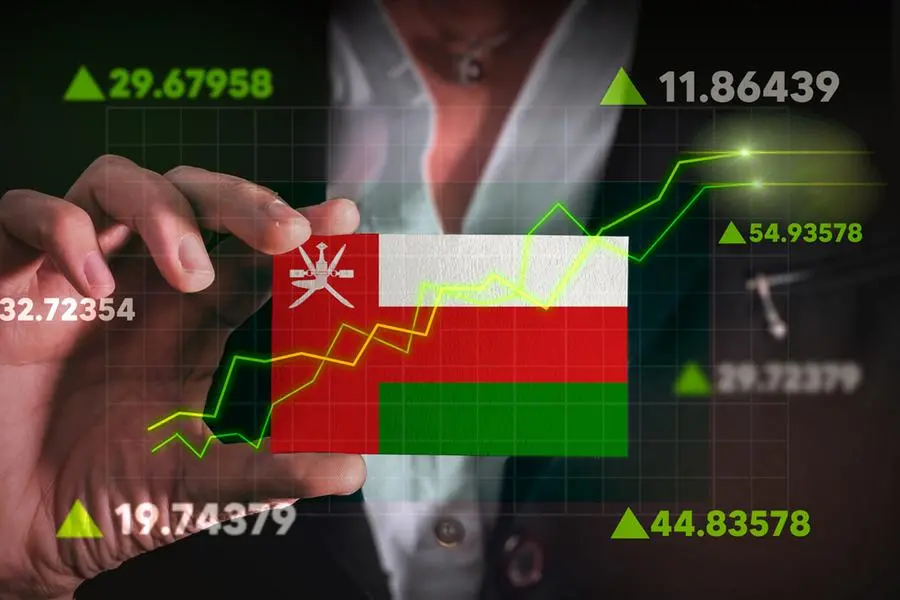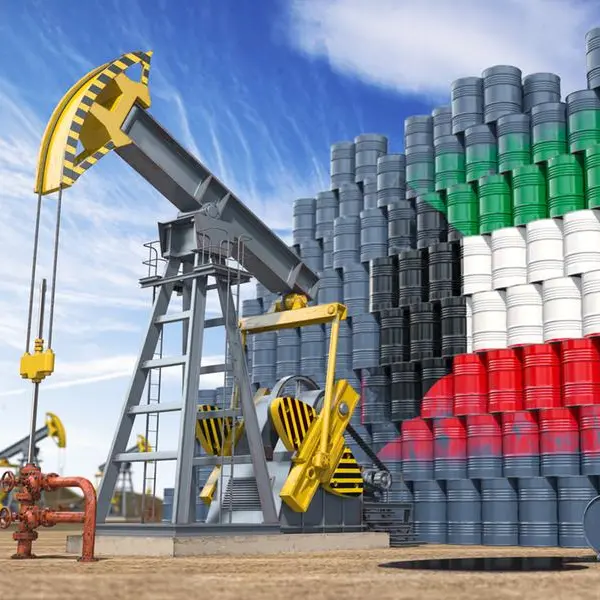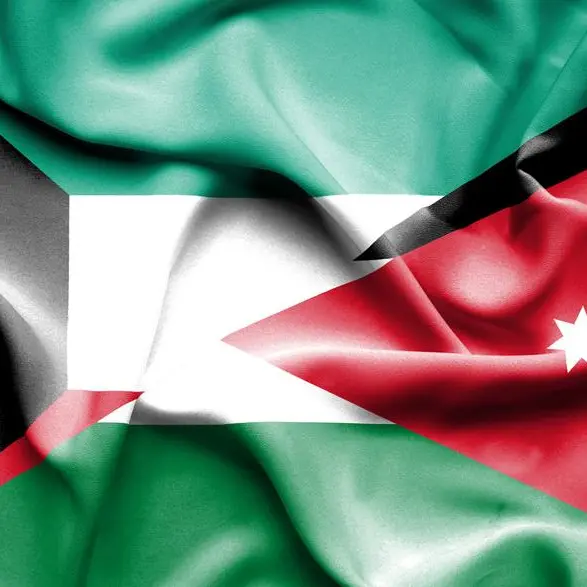PHOTO
Image used for illustrative purpose. Getty Images
Ongoing improvements in Oman's fiscal performance, supportive oil prices and prudent fiscal management, have led Moody's Ratings to change its outlook to positive from stable and affirm its Ba1 long-term issuer and long-term senior unsecured ratings.
The ratings agency has also affirmed the Government of Oman's (P)Ba1 senior unsecured medium-term note program rating.
"A declining debt burden, in particular the foreign-currency portion of debt, increases the government's capacity to absorb shocks, such as those caused by cyclical fluctuations in the global energy markets or increases in global interest rates," said Moody's.
The Oman government managed to reduce its debt by nearly 27% in nominal terms during 2022-2023 and a further 5.6% during the first seven months of 2024, reaching around 34% of the projected full-year GDP in July 2024. Moody's notes this was achieved without drawing down its stock of financial assets.
The level of assets in the Petroleum Reserve Fund, which is the main internal source that supports government debt service payments, increased to $3.2 billion by mid-August 2024 from $2.7 billion at the end of 2023 and $1.9 billion at the end of 2022.
Further debt repayments during 2024 were supported by a fiscal surplus, which reached around 1% of the projected full year GDP in the first half of 2024.
Alongside, the government has managed to curb spending. Overall government expenditure in H1 2024 increased by only 2% compared to the same period of last year, "well below nominal GDP growth and in line with the approved budget, demonstrating an improving track record of fiscal policy effectiveness".
The affirmation of the Ba1 ratings is supported by Oman's high per-capita income, the government's moderate debt burden and its improving track record of fiscal policy effectiveness.
However, the ratings is constrained by Oman's heavy economic and fiscal dependence on the oil and gas sector, as hydrocarbon revenue constitutes a dominant share of total government revenue and is equivalent to a large share of GDP.
In contrast to its regional peers, Oman's attempts at diversifying to non-hydrocarbon revenue has lagged. "We therefore expect that reducing the sovereign's dependence on the hydrocarbon sector will likely materialize over an extended period of time, constraining the potential for significant upward rating migration in the medium term."
(Writing by Brinda Darasha; editing by Seban Scaria)





















